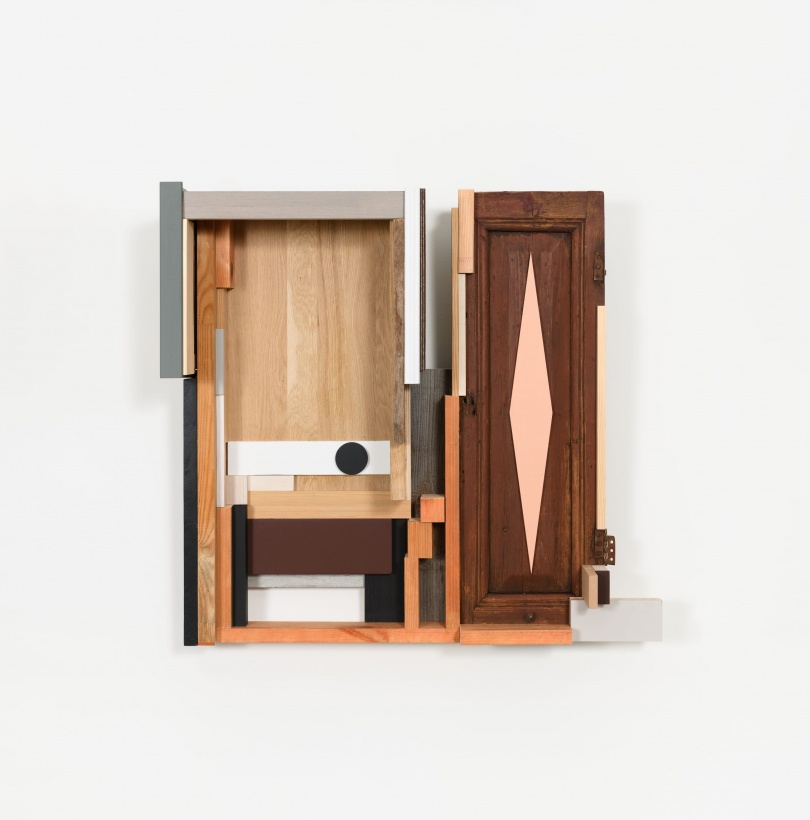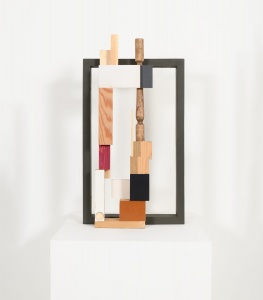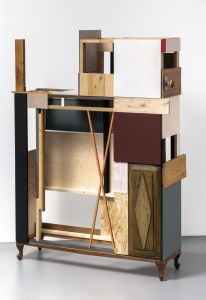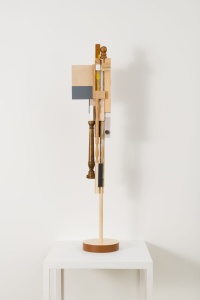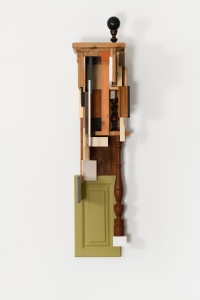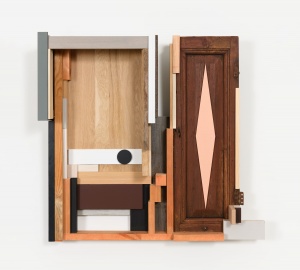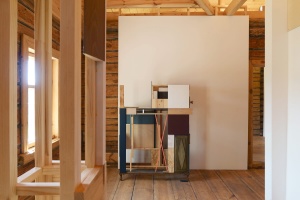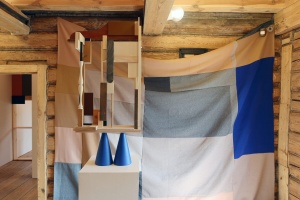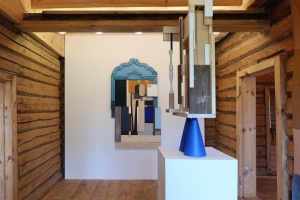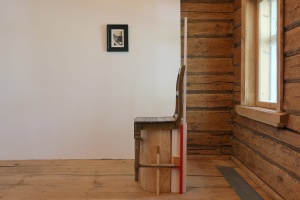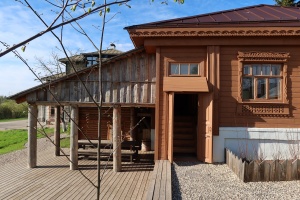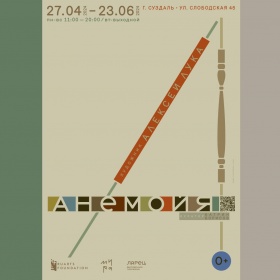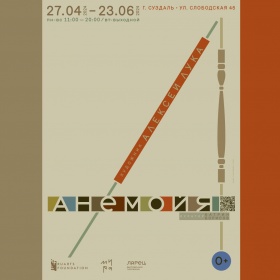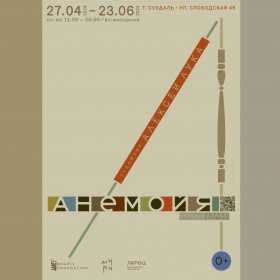Anemoia
The exhibition platform Larets, together with the Ruarts Foundation for the Promotion of Contemporary Art, present Alexey Luka’s solo exhibition ‘Anemoia’.
Alexey Luka (born in 1983) is a Moscow artist, one of the participants of the Russian street art wave movement, whose creative method addresses abstract painting and rethinking of modernist traditions in urban space. Alexey Luka works with the architectural form and texture of materials, using various media, including painting, graphics, objects and installations. Since 2015 he has worked exclusively with Ruarts.
The ‘Anemoia’ project was specifically created for Larets, which becomes not so much a gallery as the space of a total installation, through which Alexey Luka involves the viewer in a narrative about the ordinary life that surrounds us. Masterfully combining fragments of the past and present, Alexey seems to be building new connections between historical eras of Russian culture. By integrating his works in an izba as a living space, Alexey Luka deliberately relies on utilitarianism – hence the objects become not so much exhibits, but rather a conceptualisation of decorative and applied art, an attempt to find new forms based on historical motifs. By combining different materials, technologies, forms and approaches, the artist tries to find a balance between the differences and determine the organic form of their coexistence. Laconic and at times eclectic, mimicking everyday items, Alexey Luka’s works at the exhibition seem to have passed through an unknown time filter and been only semi-transformed, becoming something like a random glitch. In such a complex space the author approaches his work carefully, and to some extent this is non-spectacular art; he integrates his works so as not to disturb the existing ecosystem of the izba. This approach reveals to the observer a somewhat different optics for viewing both the exhibition and the space itself, making the project more open and directed towards the observer.
Kazimir Malevich and his UNOVIS group, El Lissitzky, Vladimir Tatlin, Alexander Rodchenko, Varvara Stepanova and an entire corps of VKhUTEMAS artists also experimented in this sphere. The works of these authors closely intertwined design and architectural thought processes, ingenuity, conciseness and expressiveness.
Each of the elements in this glitch is collected by the artist into a coordinate system that clearly and consistently leads the viewer to a state of anemoia, a kind of nostalgia or longing for a time in which neither the artist nor the viewer has ever been, but would like to be, to experience it in such a way that we feel the value of this loss.
